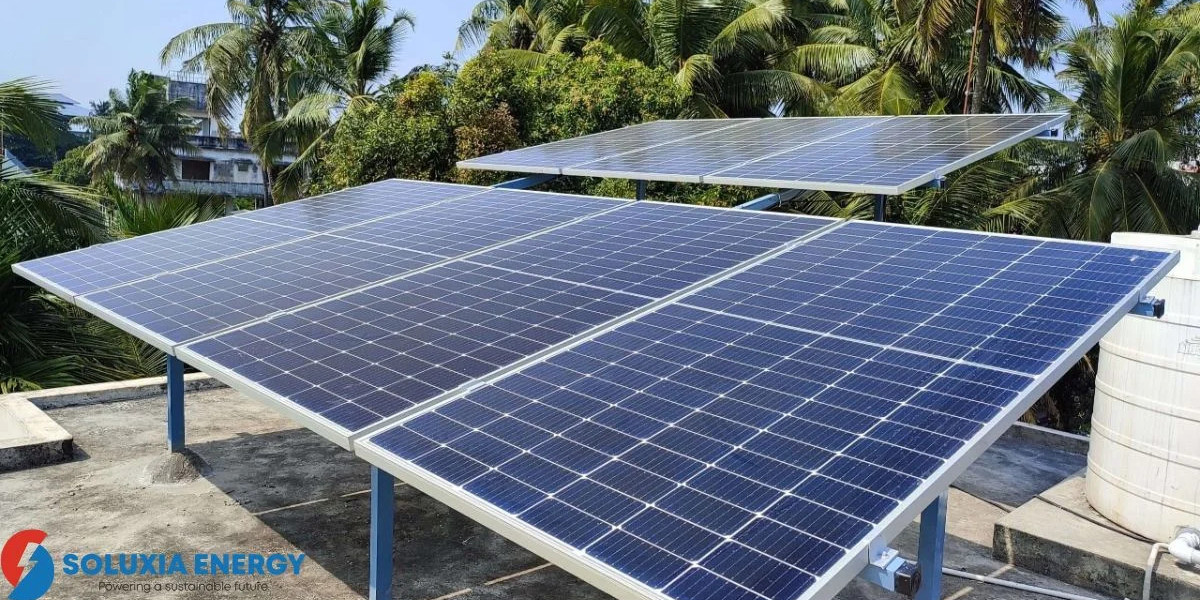As Pakistan grapples with escalating electricity costs and frequent power outages, many homeowners are turning to solar energy as a reliable and cost-effective solution. Installing a home solar power system not only helps reduce electricity bills but also contributes to a greener environment. This guide provides an overview of the components, costs, and benefits of home solar power systems in Pakistan for 2025.
What Is a Home Solar Power System?
A home solar power system consists of solar panels that capture sunlight and convert it into electricity. This electricity can be used to power household appliances, reducing dependence on the national grid. The system typically includes:
Solar Panels: Photovoltaic (PV) modules that convert sunlight into electricity.
Inverter: Converts the direct current (DC) electricity generated by the panels into alternating current (AC) electricity used in homes.
Mounting Structure: Secures the solar panels to the roof.
Battery Storage (Optional): Stores excess electricity for use during periods of low sunlight or power outages.
Types of Home Solar Power Systems
There are primarily three types of home solar power systems:
On-Grid Systems: Connected to the national electricity grid. Excess electricity generated can be fed back into the grid, and the homeowner can draw from the grid when solar generation is insufficient.
Off-Grid Systems: Not connected to the national grid. These systems require battery storage to supply electricity during periods without sunlight.
Hybrid Systems: Combines both on-grid and off-grid systems. They allow for battery storage and can feed excess electricity back into the grid.
Cost of Home Solar Power Systems in Pakistan 2025
The cost of installing a home solar power system in Pakistan varies based on the system size, type, and components. As of 2025, the approximate costs are:
3 kW System: PKR 450,000 – PKR 500,000
5 kW System: PKR 750,000 – PKR 850,000
10 kW System: PKR 1,200,000 – PKR 1,600,000
These prices include solar panels, inverters, mounting structures, and installation. Battery storage, if included, can add an additional PKR 200,000 – PKR 400,000 to the total cost.
Benefits of Installing a Home Solar Power System
Reduced Electricity Bills: Solar energy can significantly lower monthly electricity expenses.
Energy Independence: Less reliance on the national grid, providing more control over energy consumption.
Environmental Impact: Reduces carbon footprint by utilizing clean, renewable energy.
Increased Property Value: Homes with solar installations may have higher resale values.
Government Incentives: Various provincial and federal incentives are available to encourage solar adoption.
Considerations Before Installation
Before installing a home solar power system, consider the following:
Roof Space: Ensure sufficient space for the number of panels required.
Sunlight Exposure: Areas with more sunlight will generate more electricity.
Budget: Determine the total cost, including installation and any additional components.
Installer Reputation: Choose a certified and experienced installer to ensure proper setup and efficiency.
Conclusion
Investing in a home solar power system in Pakistan in 2025 is a forward-thinking decision that offers long-term financial and environmental benefits. By understanding the components, costs, and benefits, homeowners can make informed choices that align with their energy needs and budget.







